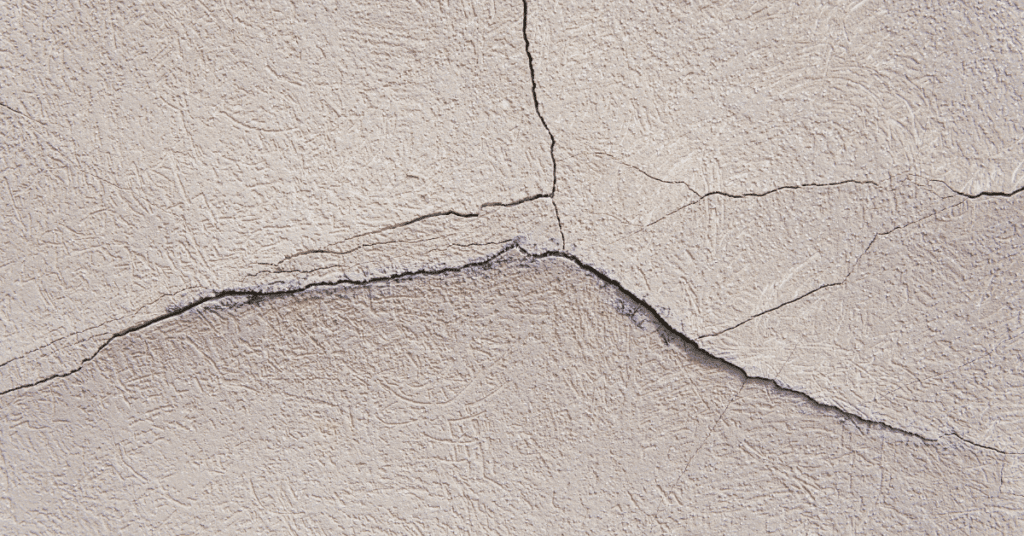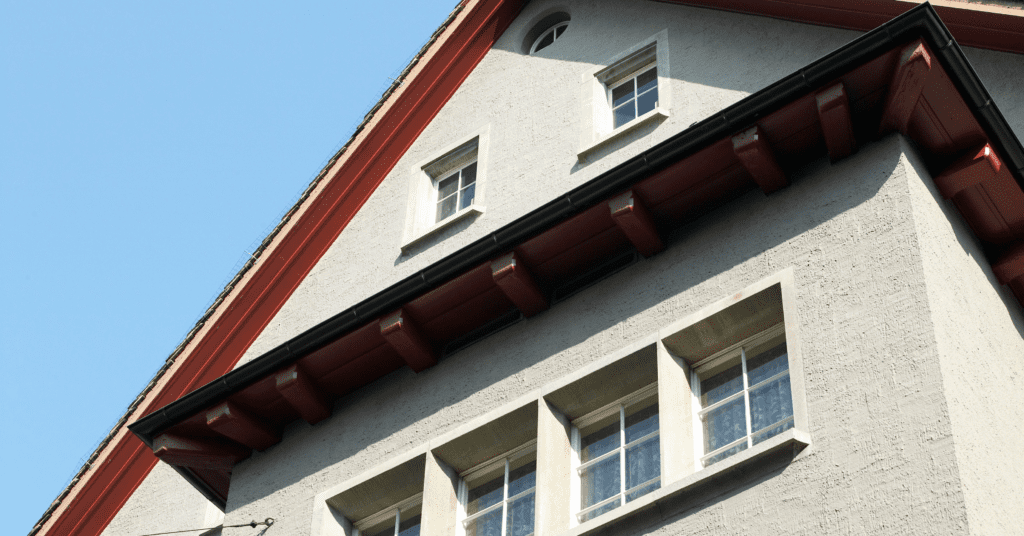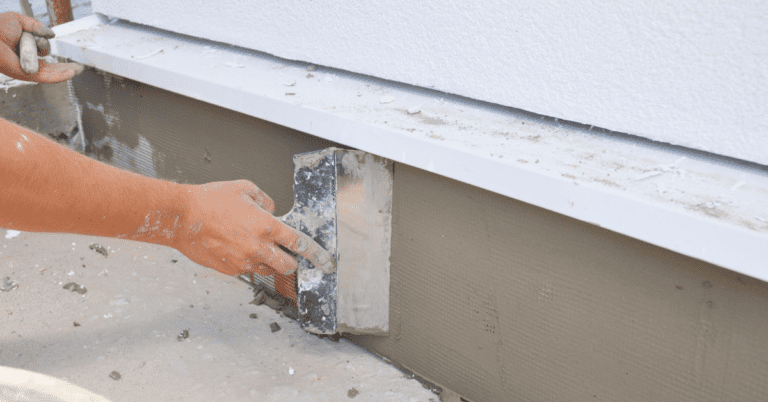When it comes to the exterior of your home, stucco is a popular choice for its durability, insulation, and unique aesthetic appeal. However, over time, stucco can develop issues that may require repairs or even replacement.
In this article, we will explore whether it is better to repair or replace stucco and provide homeowners with guidance on when to replace drywall and how to replace sections of drywall.
What are the most common signs that a house needs stucco repairs?

There are several signs that indicate the need for stucco repairs. These signs include:
- Discoloration can occur due to exposure to the elements or water damage.
- Gaping on door and window edges can be a result of stucco shrinkage or improper installation.
- Uneven drying can lead to a patchy appearance on the stucco surface.
- Cracks and crumbling are obvious signs of stucco deterioration.
- Efflorescence which refers to deposits of salt that can appear on stucco surfaces if they are retaining moisture.
To learn more about the indicators of stucco damage, you can refer to our guide on 5 Signs Your Stucco Needs Repairs.
What challenges come with repairing stucco?
While stucco repair works well for small, isolated areas of stucco failure, it is not always a long-term solution. Moisture penetration can be a persistent problem, and no matter how many times you repair the damage, it may keep coming back if the underlying issue is not addressed.
The most precise method to assess moisture damage in your stucco is through an exterior probe test. During this process, a contractor will drill 3/16-inch holes at designated testing sites and employ a moisture meter to measure the moisture content behind your siding. This approach provides accurate determinations of the moisture level present.
In all, the cost of frequent repairs may also add up and eventually lead to the need for a more extensive remediation job. Therefore, it is important to consider the extent and frequency of repairs required before deciding whether to repair or replace stucco. Much like repairing drywall, stucco repairs can pose their own challenges. For a comparison of repair and replacement scenarios, you might find our article on Repair vs. Replace Drywall helpful.
What are the benefits of replacing stucco?

The biggest advantage of replacing stucco is that it provides a permanent fix for underlying issues like wall rot that caused the damage. Stucco possesses a high level of porosity, allowing it to absorb rainwater. Although a significant amount of rainwater may runoff from the wall during rainfall, stucco also absorbs a considerable portion of it. This absorption affects the wall’s capacity to drain and facilitate drying of the absorbed rainwater. When stucco is damagBy replacing stucco, you not only address immediate issues but also extend the overall Lifespan of Stucco in your home.
Before deciding on replacing your stucco, you might also be interested in learning about whether you Can Put New Stucco Over Old Stucco.
Precautions and Maintenance
Proper care can extend the lifespan of your stucco exterior. Homeowners should inspect their stucco at least once a year for any signs of cracks, discoloration, or other issues. Power-washing stucco should be done carefully to avoid driving water into any cracks, which can exacerbate underlying problems.
Conclusion
Whether you decide to repair or replace your stucco, regular maintenance can extend its lifespan. Here are some Summer Maintenance Tips for Stucco to keep your stucco in top condition
Repairing stucco can be a cost-effective solution for small, isolated areas of damage, while replacing stucco provides a permanent fix for underlying issues. Homeowners should consider the signs of stucco damage, the benefits and challenges of repairs and replacements, and the precautions and maintenance.
Consulting with professionals in the field can help homeowners make an informed choice and ensure the longevity and aesthetic appeal of their stucco exteriors.
Taking care of your home’s exterior is a significant part of maintaining its overall value, appeal, and integrity. If you’re noticing signs of wear or damage to your stucco, don’t hesitate to consult with experienced professionals. At Allpaint, we have dedicated teams of painters ready to assist you across Greater Vancouver. Whether you’re located in Maple Ridge, Langley, Richmond, New Westminster, West Vancouver, North Vancouver, Port Coquitlam, Coquitlam, Port Moody, Surrey, Burnaby, or Vancouver, our skilled painters are prepared to help restore the beauty of your home. Contact us today for a consultation and let’s revitalize your stucco for the years to come.

